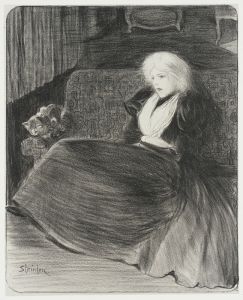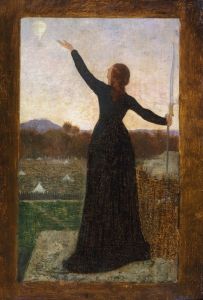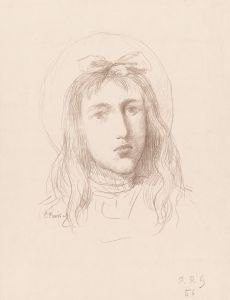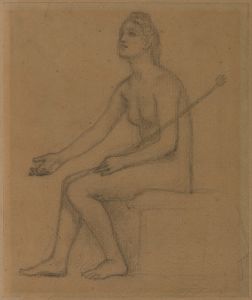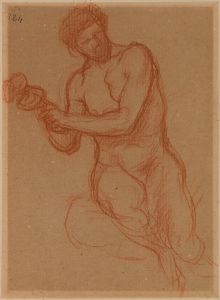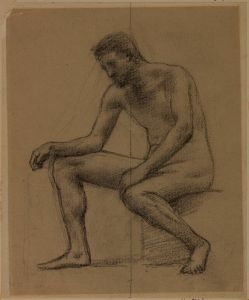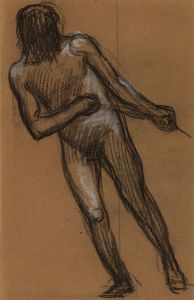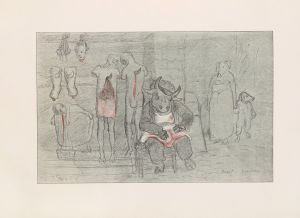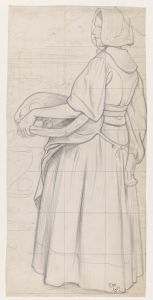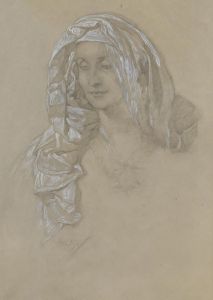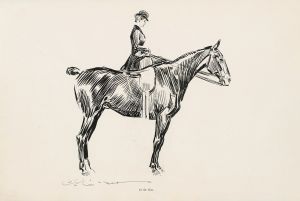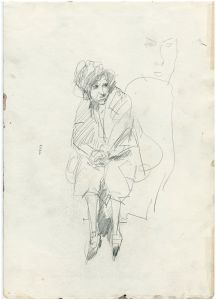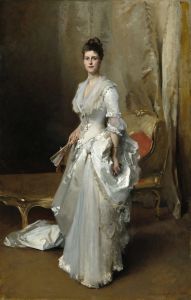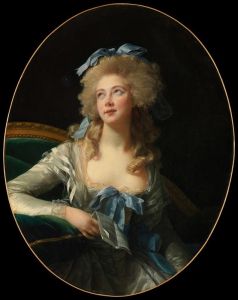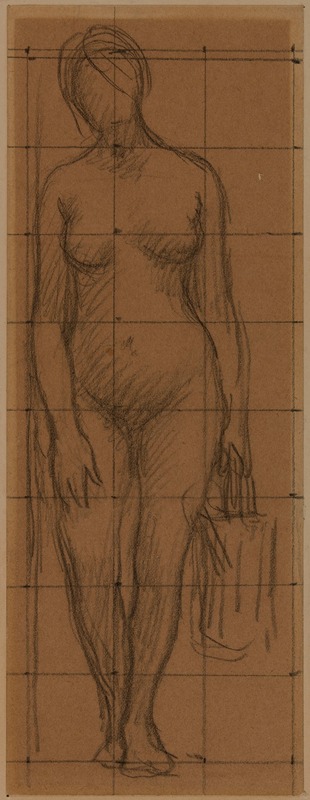
Femme nue de face, tenant un arrosoir dans la main gauche
A hand-painted replica of Pierre Puvis de Chavannes’s masterpiece Femme nue de face, tenant un arrosoir dans la main gauche, meticulously crafted by professional artists to capture the true essence of the original. Each piece is created with museum-quality canvas and rare mineral pigments, carefully painted by experienced artists with delicate brushstrokes and rich, layered colors to perfectly recreate the texture of the original artwork. Unlike machine-printed reproductions, this hand-painted version brings the painting to life, infused with the artist’s emotions and skill in every stroke. Whether for personal collection or home decoration, it instantly elevates the artistic atmosphere of any space.
Pierre Puvis de Chavannes was a notable French painter of the 19th century, recognized for his contributions to Symbolism and his influence on later art movements. One of his works, "Femme nue de face, tenant un arrosoir dans la main gauche," translates to "Nude Woman Facing Forward, Holding a Watering Can in Her Left Hand." This painting exemplifies Puvis de Chavannes' distinctive style, characterized by its serene composition and muted color palette.
Puvis de Chavannes was born on December 14, 1824, in Lyon, France. He initially pursued studies in engineering but later shifted his focus to art, studying under various artists in Paris. His artistic career began in earnest in the mid-19th century, and he became known for his large-scale murals and allegorical paintings. His work often depicted classical themes and figures, rendered in a style that combined elements of Neoclassicism and Romanticism with a unique, almost ethereal quality.
"Femme nue de face, tenant un arrosoir dans la main gauche" is a lesser-known work in Puvis de Chavannes' oeuvre, but it reflects his interest in the human form and his ability to convey a sense of tranquility and timelessness. The painting features a nude female figure, a common subject in art history, yet Puvis approaches it with a sense of dignity and restraint. The figure's pose is straightforward, with her body facing the viewer, and she holds a watering can in her left hand, suggesting a connection to nature and perhaps an allegorical meaning related to growth or nurturing.
Puvis de Chavannes' technique in this painting, as in many of his works, involves a careful balance of line and color. He often employed a subdued palette, which lent his paintings a dreamlike quality. This approach was influential in the development of Symbolism, a movement that sought to express ideas and emotions through symbolic imagery and was a precursor to modernist trends in art.
Throughout his career, Puvis de Chavannes received numerous commissions for public buildings, and his murals can be found in prominent locations such as the Panthéon in Paris and the Boston Public Library. His work was highly regarded by his contemporaries, and he played a significant role in the art world of his time, co-founding the Société Nationale des Beaux-Arts in 1890.
Despite the acclaim he received during his lifetime, some of Puvis de Chavannes' smaller works, like "Femme nue de face, tenant un arrosoir dans la main gauche," are less documented in art historical literature. However, they remain important for understanding the breadth of his artistic vision and his contribution to the transition from traditional to modern art forms.
Puvis de Chavannes passed away on October 24, 1898, in Paris, leaving behind a legacy that would influence artists such as Paul Gauguin, Georges Seurat, and the Nabis group. His ability to blend classical themes with a modern sensibility continues to be appreciated by art historians and enthusiasts alike.





